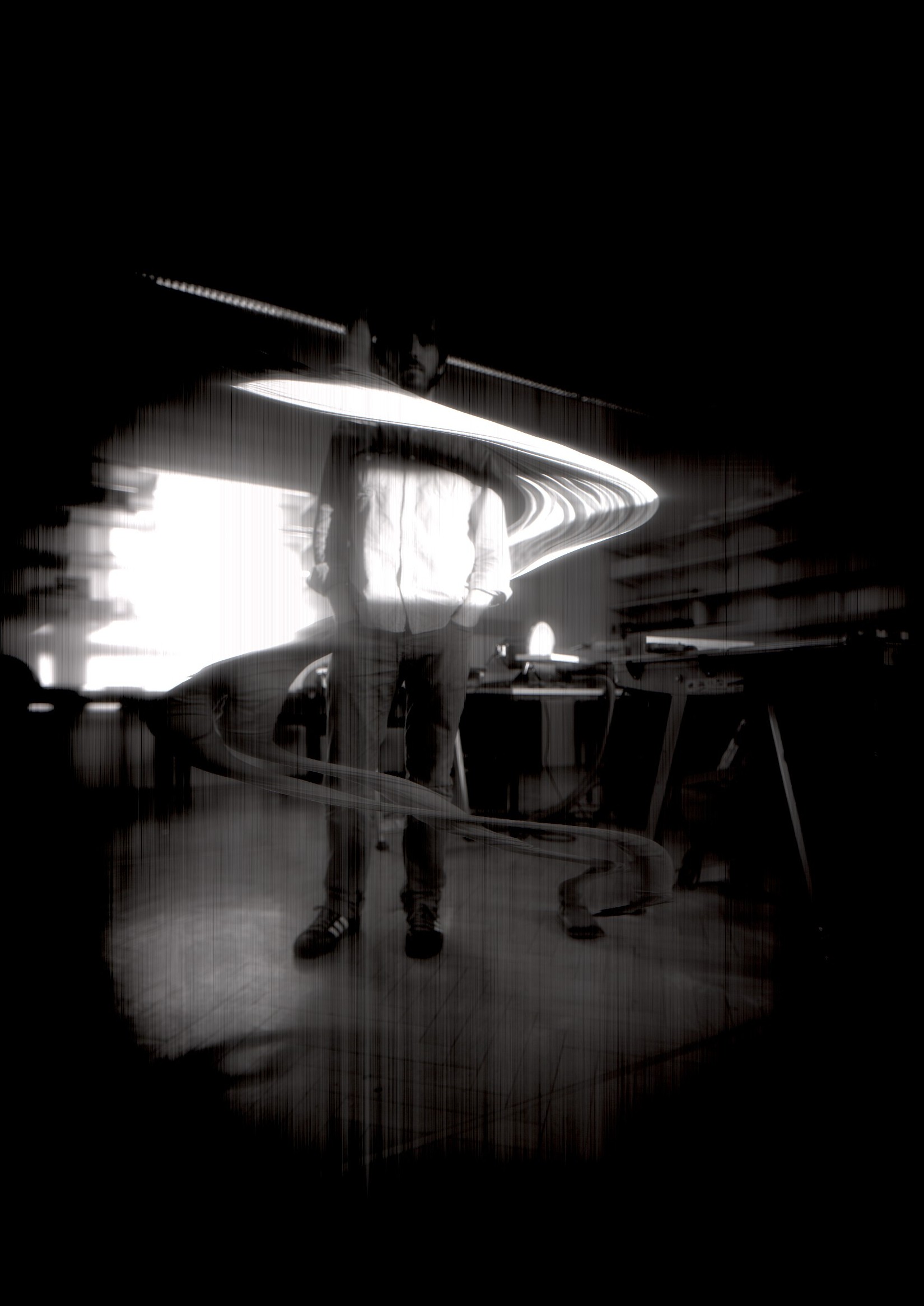SCANNER CAMERA
large format digital camera.
the scanner camera works the same as traditional large format view cameras: the photosensitive material is placed inside a lightproof box (camera obscura), with a lens on the oposite side that projects the image onto the light sensitive material. the only difference is that instead of film or photographic paper, a modified digital scanner is used.
scanner technology.
the scaner used for this project is canon lide 20. it is a contact image scanner (cis) that works in a following way:
a monochromatic photodiode array and a set of red, green and blue leds are attached to a moving carriage. when the scanning cycle starts, the carriage moves a step (one vertical pixel) and sepparately projects red, green and blue light in a sequence. the light is bounced against the object being scanned and the reflection picked up by the photodiode array. the scanner processes the red, green and blue channel and combines it into a polychromatic image. the carriage is moved another step and the whole cycle is repeated.
modifications.
for this type of scanner to be able to pick up light projected through a lens, some modifications are needed.
since the original led light source is replaced with the light from the projected image, the rgb leds need to be removed or turned off. this is done by cutting the led wires. some scanners refuse to work if this is done in which case the leds need to be replaced with non-light emmiting diodes.
secondly, the set of microlenses that sit ontop of photodiode array need to be removed. the microlenses help focus the bounced light, but since the camera lens is used to focus the image directly onto the photodiode array, they are not needed. if the microlenses are left intact, they result in a strong vigneting.
results.
the result is a monochromatic digital image of the scene in front of the camera.
the monochromy of the image is the result of the technology: the scanner picks up red, green and blue channels in a sequence - if all of the channels have the same value, the result must be monochrome.
another effect observed is the “smeariness” of moving objects. this occures because of the slowness of the scanner - it takes a certain amount of time to scan the whole format and the scanner progresses one pixel row at a time.



